Economie
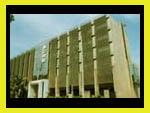
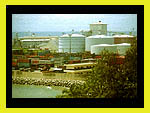
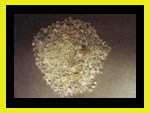
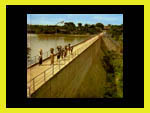
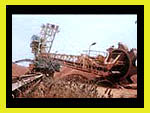

ADDITIONAL DOCUMENTS:
Guinée leeft hoofdzakelijk van haar bauxietvoorraden, de cementindustrie en inkomsten uit diamanten en goud.
Het land heeft op beperkte schaal fruitverwerkende- en tabaksindustrieën, visverpakking, drukwerk, auto assemblage en
vervaardiging van aluminium en plastic producten.
80% Van de bevolking vindt werk in de landbouw en 10% derft haar inkomen uit de industrie. Evenals in Nederland nemen
land-, tuinbouw en visserij een belangrijk plaats in. Eens was Guinée de exotische fruitschuur van Frankrijk (bananen,
ananas, mango en avocado) tot het land koos voor onafhankelijkheid van Frankrijk. In de toekomst kan Guinée weer
grootleverancier worden voor de Europese markt. Voor de kweek en handel van exotische bloemen/orchideeen liggen
unieke kansen voor de Nederlandse bloemenindustrie en ook in de visserij zijn interessante mogelijkheden.
Op de markt en de schappen in de supermarkten vinden veel producten uit Nederland een plaats: uien - aardappelen -
boter - kaas - poedermelk - Vlisco stoffen (wax). Verder is DAF een van de populairste vrachwagenmerken en worden
veel 2de hands voertuigen uit Nederland geimporteerd.
Guinea contains industries like fruit canning, fish packing, printing, automobile assembly, and the manufacture of
aluminum utensils and plastics. The country has abundant natural resources, including 25% of the world’s known reserves
of bauxite, along with diamonds, gold, and other metals. The country also has great potential for hydroelectric power.
While bauxite and aluminum are currently the only major exports, the Guinean government plans to encourage the mining
of other resources. Other industries include processing plants for beer, juices, soft drinks and tobacco. Agriculture
employs 80% of the nation’s labor force. The government encourages a free market economy and is determined to promote
foreign investment. There is an ongoing privatization program, in line with the government’s poverty-focused model of
development which reserves a key role for the private sector. Guinea's current growth levels, though encouraging, are
considered by most observers to be still below potential, especially in view of the country's tremendous natural resource
endowments. The national economy is still relatively undiversified and preponderantly reliant on bauxite and mining
revenue.
Agriculture is one of the engines of the Guinean economy. Natural assets like topography, hydrography and climate
bestowed upon the country create ideal conditions for developing dynamic and diversified agriculture, animal husbandry and forestry.
Agriculture focuses on major subsistence crops like rice (staple food), cassava, maize, yam, and peanuts.
Major export crops are banana, coffee, oil palm and cotton.
Animal breeding is extensive in general. The Fouta Djallon region is the primary breeding area with more than half the livestock number.
Upper Guinea comes second. The livestock is composed of cattle (with the N'Dama breed which is highly valued and trypano-resistant),
sheep, goats and pigs (80 % of the latter is found in the Forest region).
The country is presently self-sufficient in meat but it depends heavily on imported dairy products. Achievements are particularly
significant in the privatization of vet services to address animal health.
As far as fishing is concerned, Guinea, stretching over a coast of 300km long with an exclusive economic zone of 200 nautical miles,
possesses tremendous fish resources but these are still inadequately exploited.
Industrial-scale fishing could be a very promising activity. The most commonly hauled species include sea breams,
threadfins, sharks, shrimps, etc.
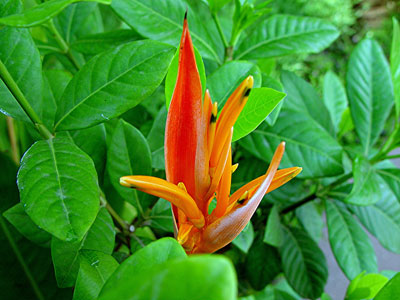
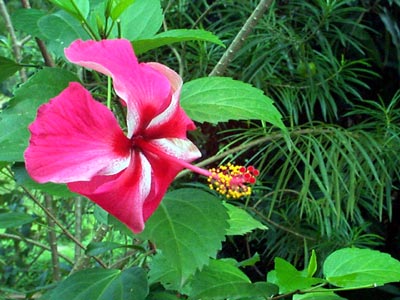
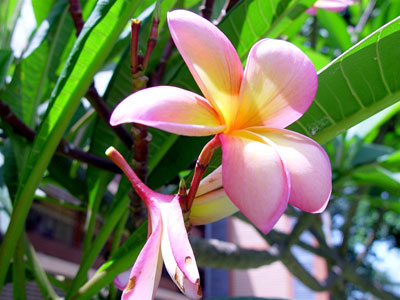
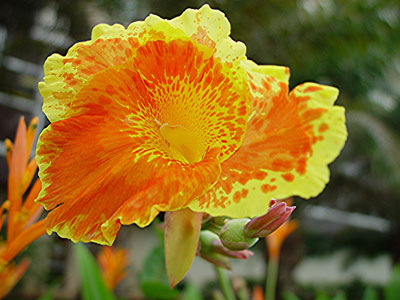
Guinée beschikt over ongekende hoeveelheden grondstoffen waaronder bauxiet, ijzererts, koper,
uranium, nikkel, titanium, goud en diamanten. In Siguiri, Kindia en Mali zijn voorraden kalksteen en de natuurlijke gas
voorraden in Guinée overtreffen die van Nigeria. Ook offshore zijn enorme hoeveelhedenm olie aangetroffen waardoor
Guinée een grote rol kan spelen als gas- en olieproducent. De geschatte voorraad bauxiet bedraagt 25miljard ton, ijzererts
2miljard ton in Simandou en nog eens 7miljard ton in Mount Nimba. Verder beschikt Guinée over 1miljoen ton goud en 30miljoen
caraat diamanten van hoogste kwaliteit.
Guinea is a country blessed by God with huge resources, both human and natural: water, forests, agricultural, mineral and fish
resources as well as with tremendous tourism and hydroelectrical potentials.
The Guinean subsoil conceals significant deposits of: Bauxite (25billion tons) - Gold (1'000tons) - Diamond (30million carats).
Moreover, Guinea has the richest high grade iron ore deposits in the world but which have not yet been developed:
the SIMANDOU range contains 2billion tons and the Mount NIMBA 7billion tons. Apart from the aforementioned wealth, the
Guinean soil contains limestone deposits (Mali, Siguiri and Kindia) not yet exploited and there are indications of the presence of
nickel, cobalt, titanium and uranium. 129 Falls which can be developed have been identified. Their hydroelectric potential is
6.11GW with a probable production of 19,300GWH. Rainfall in Guinea is between 1,200 and 4,200 mm per year. For this reason, the country
has fertile lands and abundant underground and surface water. The biggest rivers watering the West African region have their sources in
Guinea. As a matter of fact Guinea is termed the Water Tower of West Africa.
Guinea has 7million hectares of cultivable agricultural land available. The most productive land is found in the Forest Region, in
plains, particularly in Maritime Guinea and in Upper Guinea and in lowlands.
De overheid is voorstander van een vrije
markteconomie en verricht grote inspanningen om buitenlandse investeringen aan te trekken. Andere kernpunten
van het beleid zijn erop gericht om het onderwijs drastisch te verbeteren en de beschikking van schoon water
uit te breiden. Recentelijk is een Chinees bedrijf begonnen met een stoffen-waxbedrijf in de omgeving van Coyah
waarmee serieuze concurrentie wordt aangegaan met Vlisco uit Nederland (Helmond). Global Alumina is in 2006 een
overeenkomst aangegaan met de overheid om meer dan US$2 miljard te investeren in de bouw van een aluminium fabriek
in Sangeredi en ook Alcoa en Alcan hebben een budget van US$1,5 miljard gereserveerd voor een nieuwe fabriek.
In Conakry wordt door Volker Stevin flink gebaggerd voor de aanleg van een commerciele haven voor het buurland Mali.
In samenwerking met en onder licentie van Europese en Amerikaanse bedrijven wordt o.a. Skol bier gebrouwen en
frisdranken gebotteld (Coca Cola). In Coyah is een natuurlijke bron waarvan water wordt gebotteld voor de eigen
thuismarkt. Guinée heeft grote voorraden grondstoffen zoals 25% van de wereld bauxiet reserve, cement, ongekende
hoeveelheden diamanten, goud en andere metalen. Door de vele rivieren zijn er ongekende mogelijkheden voor het opwekken
van hydro-elektrische stroom. De export bestaat voornamelijk uit bauxiet, cement en aluminium maar de
overheid stimuleert plannen tot verdere privatisering en ondersteunt van harte initiatieven om mijnbouw
verder te activeren waaronder met name de enorm voorraden bauxiet (25 miljard ton) en 4 miljard ton kwaliteit
ijzererts van Mount Nimba (62%+fe). Ook heeft Guinée grote olie en gas voorraden; offshore en onshore.



|

